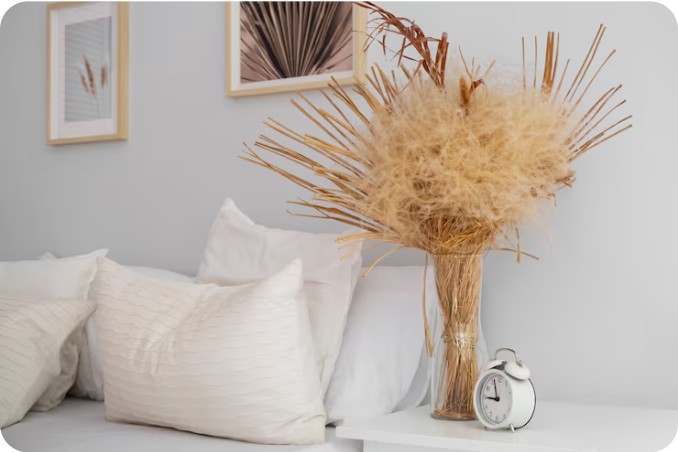
Beyond thread counts and thermal regulations lies the deeper, more poetic dimension of bedding: its capacity to hold our stories, soothe our spirits, and nurture our connections. This is the realm where the bed transcends its function and becomes a sacred canvas for our emotional lives.
Part 1: The Textile of Memory: Bedding as a Biographical Archive
Our most significant life moments often unfold in bed. The linens we choose can serve as silent witnesses and tangible keepsakes of our personal history.
- The Heirloom Quality: A beautifully crafted linen duvet cover or a robust cotton quilt is not meant to be disposable. It is designed to age, to soften, and to acquire a patina of use. Over years, it becomes imbued with the familiar scent of your home and the gentle wear of countless nights, transforming into an heirloom that carries your personal narrative.
- The Legacy Linen: Consider commissioning or purchasing a special set of bedding to mark a milestone—a wedding, a new home, the birth of a child. This “legacy linen” becomes part of your family’s story, a tactile memory that can be passed down, its initial crispness giving way to a softness filled with history.
- The Mended Masterpiece: A small tear or a worn patch does not signal the end. Embracing the Japanese art of kintsugi or visible mending with a contrasting thread can repair the fabric while honoring its history. The flaw becomes a feature, a mark of the life lived upon it, celebrating imperfection and resilience.
Part 2: The Ritual of the Night: Crafting a Sensory Prelude to Sleep
The act of preparing the bed for sleep can be a curated, sensory ritual that signals to the mind and body that it is time to surrender to rest.
- The Kinesthetic Ritual:
The simple, repetitive motions of smoothing a sheet, fluffing a pillow, and draping a blanket are a form of moving meditation. This physical engagement is a powerful way to discharge the day’s residual tension and transition into a state of calm. - The Scent-Infused Layer:
Move beyond scented candles. Lightly mist your pillowcases and the linen of your top sheet with a linen spray infused with lavender, chamomile, or frankincense. This creates a direct, personal cloud of calming aroma that envelops you as you sleep, forging a powerful Pavlovian response between the scent and slumber. - The Tactile Transition:
Keep a dedicated “sleep shirt” or set of pajamas made of a distinctive, luxurious fabric—perhaps silk or a fine-knit modal. The moment you change into them, it serves as a physical cue, a literal shedding of the day’s skin and its worries.
Part 3: The Architecture of Intimacy: Bedding for Connection
The bed is the primary stage for human intimacy, and its design can either foster or hinder connection.
- The Shared Micro-Climate: Couples with different temperature preferences can achieve harmony through strategic layering. Use a larger duvet to allow for sharing, but consider individual top sheets or light blankets on each side. This allows one person to kick off a layer without leaving the other exposed, respecting individual needs while maintaining togetherness.
- The Pillow Landscape for Two: Create a shared “pillow landscape” that encourages connection. A large European sham in the center can serve as a shared backrest for reading or talking, while individual sleeping pillows on the sides respect personal space. The arrangement itself can become a non-verbal language of closeness.
- The “Third Space” in the Bed: For those who share a bed with children or pets, having a dedicated, washable throw or a small, separate blanket for them can demarcate a “visitor’s space.” This preserves the sanctity and cleanliness of the main sleeping area while warmly accommodating the creatures we love.
Part 4: The Bed as a Sanctuary for the Self
Ultimately, the most profound relationship nurtured in bed is the one with oneself.
- The Fortress of Solitude: In a world of constant demands, the bed can be a deliberate retreat. On difficult days, retreating to a beautifully made bed with a book or simply to breathe is not an act of escape, but one of reclaiming sovereignty over your own peace.
- The Landscape of Dreams: By creating an environment that is sensorily pleasing, emotionally resonant, and utterly safe, you are actively cultivating a fertile ground for the subconscious. A bed that feels like a sanctuary can encourage more vivid, peaceful, and restorative dreaming.